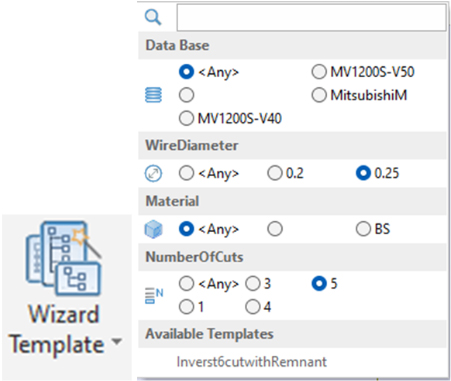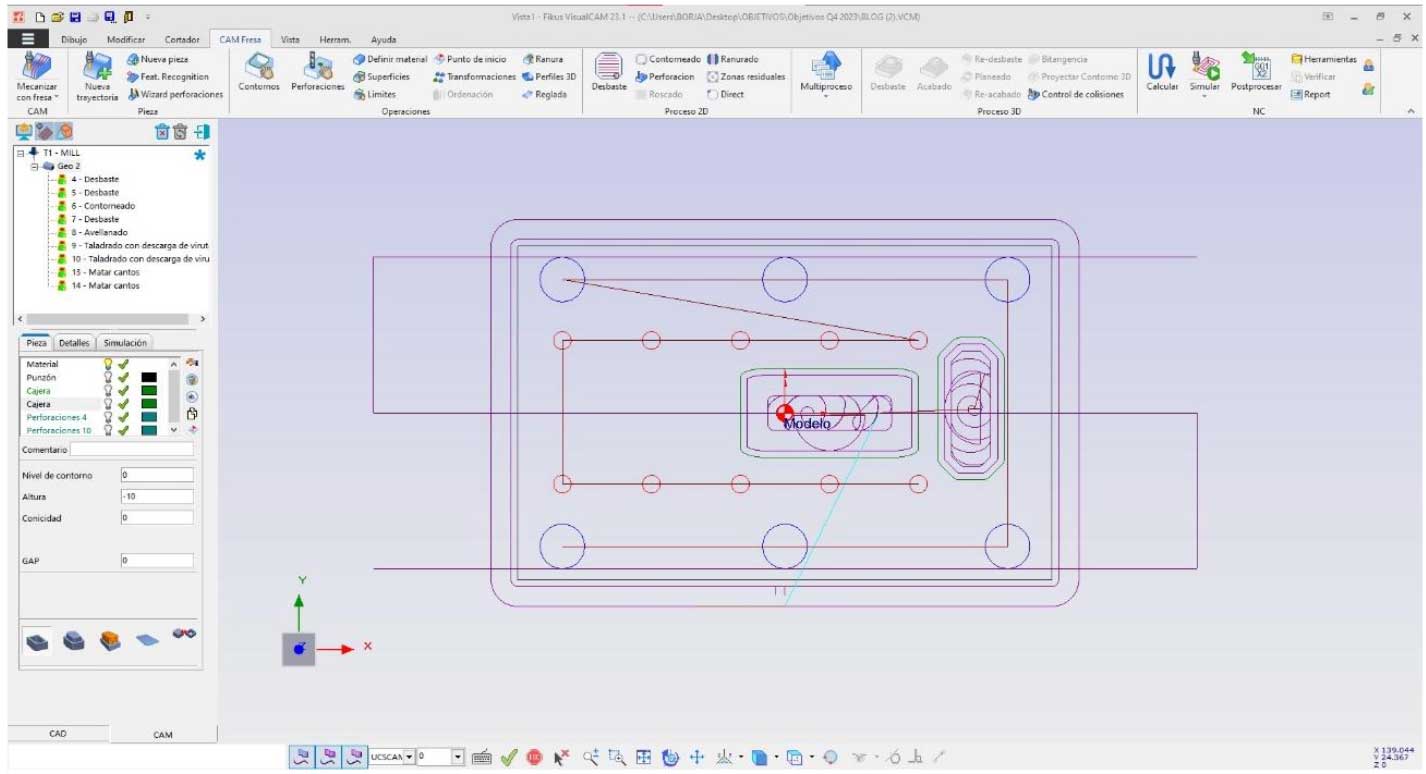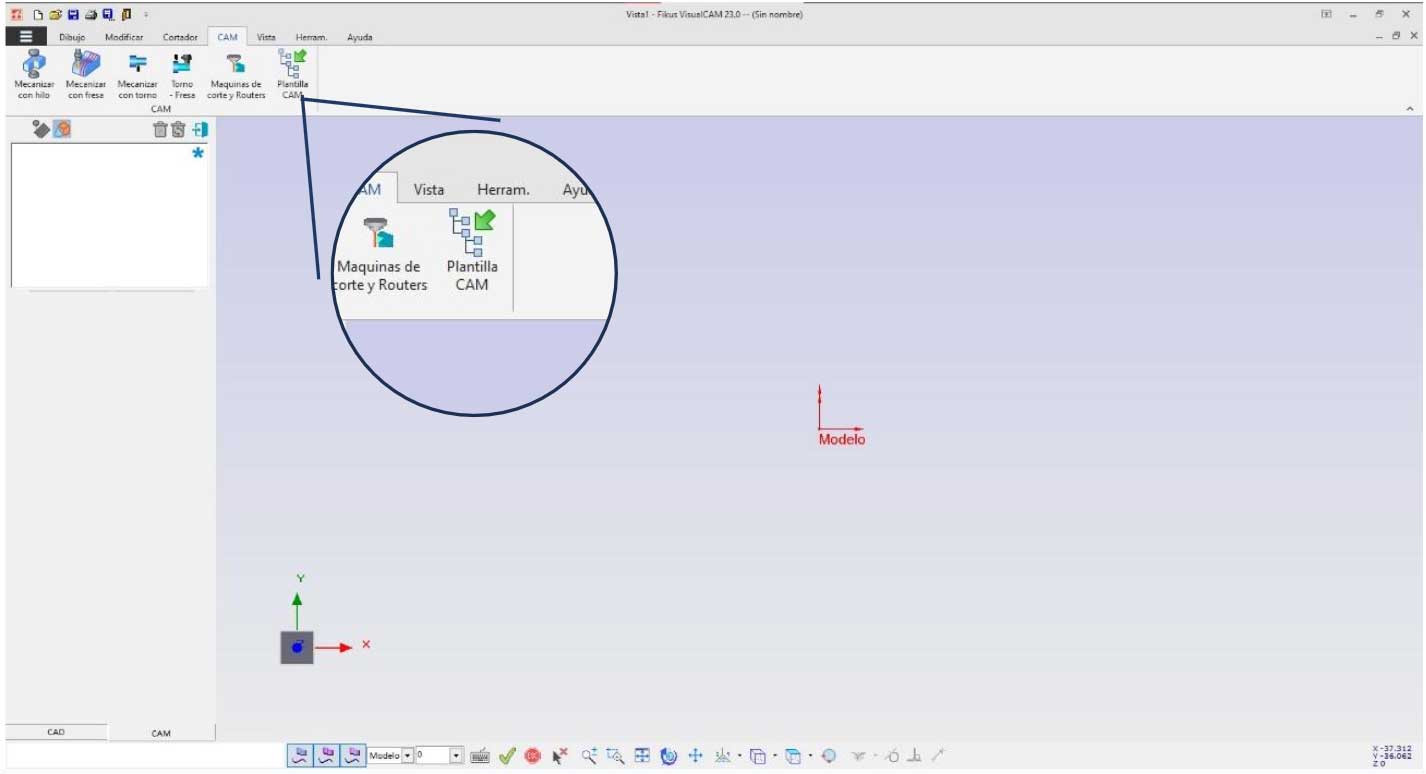Automation in CAD/CAM using templates
Automation in CAD/CAM manufacturing processes using templates: A leap towards efficiency and precision
In the world of modern manufacturing, efficiency and precision are fundamental pillars for success. Industry 4.0 has opened the doors to endless possibilities for optimizing processes, and among them, automation in CAD/CAM manufacturing processes using templates is positioned as an indispensable tool.
What are CAD/CAM templates and how do they work?
CAD/CAM templates are predefined models that serve as the basis for the design and manufacture of similar parts. These templates incorporate standardized parameters, configurations and procedures, allowing engineers and technicians to focus on the unique characteristics of each part, rather than repeating tedious and error-prone tasks.
Benefits of automation with CAD/CAM templates:
- Cycle time reduction: Templates automate repetitive tasks such as creating basic geometries, defining materials and generating tool paths. This frees up valuable time for professionals to concentrate on more complex, value-added tasks.
- Increased accuracy and consistency: Templates guarantee process standardization, minimizing variability and ensuring consistent results in every part manufactured. This translates into a lower error rate and higher quality of the final product.
- Improved collaboration: Templates facilitate collaboration between design and engineering teams, as everyone works with a common frame of reference. This allows for better communication and greater efficiency in product development.
- Cost reduction: Automation and standardization resulting from the use of templates translate into reduced operating costs, such as reduced material consumption and optimization of machine time.
The image shows a template, in this case for wire EDM, which includes the different variables applicable to the machining process already predefined and which have been tested in previous manufacturing processes with similar parts, thus ensuring their efficiency.

More efficiency, precision and quality
Automation in CAD/CAM manufacturing processes using templates is a powerful tool that enables manufacturing companies to achieve new levels of efficiency, precision and quality. Implementing these templates not only optimizes workflows and reduces costs, but also frees up valuable time for professionals to focus on more creative and innovative activities.
In a competitive and constantly evolving environment, the adoption of technological solutions such as automation with CAD/CAM templates becomes a differentiating factor for companies seeking to stay ahead and thrive in Industry 4.0 by automating various production processes, saving time and ensuring quality:
Fabrication of parts with similar geometries: Templates can be used to create parts with similar shapes and dimensions, such as gears, bearings or housings.
Automation of machining processes: emplates can define standardized tool paths for different machining operations, such as milling, turning or drilling.
Technical documentation generation: Templates can automatically generate reports, drawings and other technical documentation related to the manufactured part.
The image shows a process template for machining a part.

Automation using templates in Fikus
At Fikus Visualcam we develop applications that help reduce time and improve workflow in the creation of machining programs and process automation is key to this goal and improve productivity in the CNC industry.
Fikus Visualcam CAD/CAM software includes the automation of many processes, where CAM templates, included in Fikus ST and Fikus Plus, play a very important role.
CAM templates allow us to transfer all the machining from one program to another, keeping all the features, thus saving time.
Time savings and guaranteed quality
Many of our customers are involved in machining a specific type of part that share many similarities in the machining process. The ability to import a complete CAM program from one part to another presents itself as a significant advantage and an obvious time saver, improving the workflow in the technical office.
In addition, in the workshop environment, another advantage is the guarantee that, by generating a machining program that has already been tested on the machine, we can be confident of its correct operation, avoiding possible tool breakage, errors in measurements or machining and adjusting to tolerances.
Detail of the template wizard that we can use to speed up the programming of our jobs.

Now automated templates
The wire EDM workflow has been reduced in Fikus thanks to the automation of the Wizard templates that are now automatically created and loaded. Fikus automatically generates the templates and takes care of providing them when similar jobs are undertaken.
In both Fikus ST and Fikus Plus, the CAM Template is available for both wire EDM and Milling technologies.
When importing a program, we simply select the Fikus program we want to export and Fikus automatically detects the technology and imports all the machining processes. The great advantage of this method is that Fikus keeps the created geometries and we simply have to assign each Geo a contour.
Fikus has taken a step forward in automation through templates. Templates are now automatically saved, and when approaching a new job, Fikus is able to propose the machining templates compatible with the type of machining to be performed.


